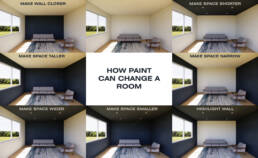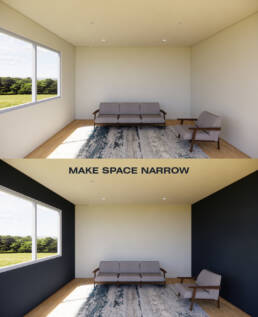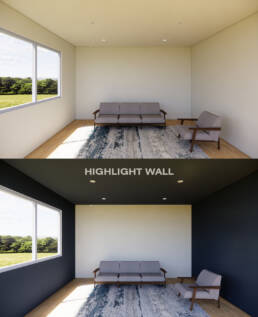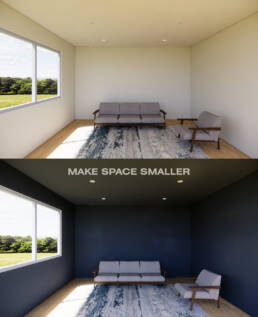Have you ever stopped to think about the impact the buildings around you have on your daily life? From the homes we live in to the offices we work in, building design greatly affects your mood and overall well-being. However, by relying too heavily on our eyes, we can miss out on the full experience that architecture has to offer. In this blog post, we’ll explore how to counter the “Dominion of the Eye” and enhance the architectural experience by utilizing all of our senses.
First, let’s take a few moments to imagine a cathedral. What do you see? Do you picture the outside with tall spires, grand doors, ornate decorations, or maybe some flying buttresses or arches? Or do you imagine the inside with light pouring in through stained glass windows, rows and rows of pews, or beautifully painted biblical scenes? Did you picture an event? Could you hear the organ reverberating, giving you another sense of how grand the space is? Or if you’re outside, perhaps you can hear the bells from the tower echo off the surrounding buildings.
Our eyes are remarkable and impressive organs that can process vast amounts of information. However, we often rely so much on our eyes that we miss out on a fuller experience created when we rely on our other senses. By being conscious of the power of our eyes, we can fight against the “Dominion of the Eye” and experience more intimate moments with the spaces and people around us. Focusing on what the other senses offer can also reduce the amount of confrontation in our lives, reduce stress, and improve our mental and spiritual state.
But how exactly do we you this? One way is to slow down and live in the moment. Take the time to explore a building and all it offers. Pay attention to how the different elements of the design make you feel. Notice the textures of the materials used, the smell of the space, and the way sound travels through the room. By being more aware of our senses, we can better understand architecture’s impact on us.
Another way to enhance our experience of architecture is to understand the value of our senses. Sight is impressive but can also create separation. Sound creates intimacy. Smell and taste are deeply connected to our memory. Touch is a bridge between sound and smell/taste. By being aware of how these different senses interact, we can better appreciate the beauty of a building.
Architects often use their senses to their advantage. For example, in a cathedral, the separation created by sight is used to represent the magnitude of God and remind us how great he is compared to us. And yet, once the choir starts to sing, we experience an intimate connection with God as the sound bounces around the space. Walls or ceilings painted darker than their surroundings will feel closer to you. By understanding this, we can make a room feel larger or smaller than it is. Another trend is to install tile or vinyl that looks like wood. To our eyes, the warm wood colors and the natural look makes it feel inviting, but if you step on one of these tiles, barefoot, it’ll immediately feel cold.
Hopefully, by now, you have a better understanding of the “Dominion of the Eye” and how by utilizing all of our senses, we can create spaces that not only impress the eye but also create intimacy and improve our mental and spiritual state. As an architect, it’s our responsibility to design and construct buildings that enhance the overall experience for the people who use them. Take a look at our Midtown Izakaya and Architectural Firm projects for great examples.
Ready to enhance the architectural experience in your own home or office? Schedule a free consultation with us today to learn more about how we can help you create a space that not only impresses the eye but also improves your well-being.















